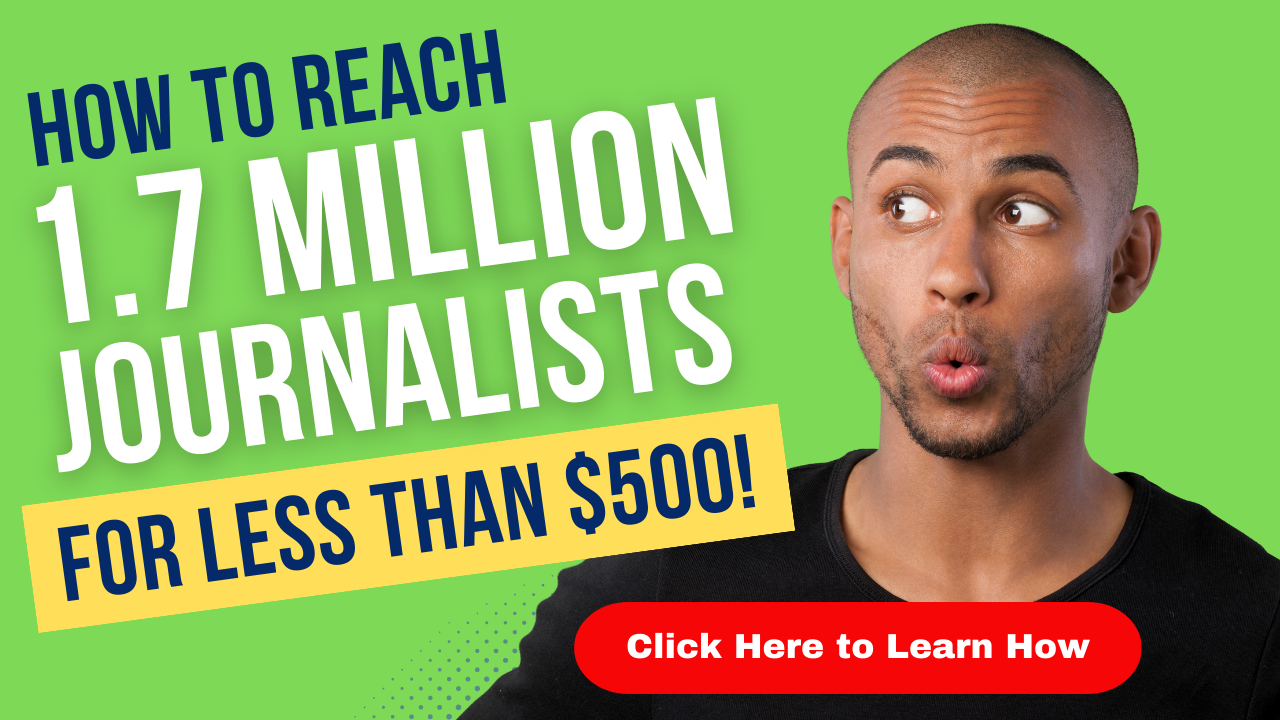 In late February of 2022, an ad for Applebee’s with a twerking cowboy played alongside a CNN news coverage of the Ukraine/Russia war. Netizens were outraged by the juxtaposition and took to Twitter to complain. A clip of the mistake racked up over 3.6 million views and Applebee’s pulled its advertising from CNN.
In late February of 2022, an ad for Applebee’s with a twerking cowboy played alongside a CNN news coverage of the Ukraine/Russia war. Netizens were outraged by the juxtaposition and took to Twitter to complain. A clip of the mistake racked up over 3.6 million views and Applebee’s pulled its advertising from CNN.
The above is an example of what happens when a company isn’t careful about brand safety. Having your company associated with something trashy and/or amoral can ruin your brand reputation. Read on to learn about brand safety and how your company can improve it.
What Is Brand Safety?
Brand safety can best be defined as advertising safety strategies. It helps companies ensure that their advertisements don’t appear alongside content that conflicts with a brand’s goals, image, and mission.
What Can Negatively Affect Brand Safety?
Usually, companies try to avoid content that is illegal, amoral, and/or explicit. This includes items such as drugs, crime, hate speech, and adult-themed content. Unfortunately, many types of advertisements can cause the juxtaposition of such topics and your company’s ads.
Cheap Advertisement Platforms
Advertising platforms that offer higher prices should promote brand safety far better than platforms that offer cheaper prices. Platforms that have higher prices can afford better brand safety. They also know that their advertisers will want services worth their money.
Cheap advertisement platforms don’t need to give their advertisers high price services. In addition, they likely won’t have many advertisers. So they’ll need to place ads next to a wide variety of things.
Bad Algorithm Work
These days, algorithms control where advertisements appear. Unfortunately, you don’t have much control over where these algorithms place your ad. So your brand can get involved in a kerfuffle such as what happened to Applebee’s above.
However, you can learn a bit about how the algorithms direct your brand advertisements. Then you can use this information to choose the right advertising platforms for your company.
Unpoliced Social Media Platforms
Social media platforms can be an excellent starting point for viral marketing. However, when social media platforms have no restrictions, people can post anything they want. What they post can include unsavory content.
Thus, many social media platforms have restrictions in place so they can attract advertisement money. When they don’t have these restrictions, the advertisers will rightly back away.
The world saw such a conflict unfold with Elon Musk’s takeover of Twitter. As soon as Musk allowed total free speech, advertisers began to back out. They were afraid that their ads would appear next to hate speech and other poor content.
Ways to Improve Your Company’s Brand Safety
Many of the strategies below involve picking the right advertising platforms for your brand. However, you also need to make these platforms work for you.
Carefully Analyze Different Advertisement Platforms
A thorough investigation of each advertising platform is necessary to ensure brand safety. Companies need to find out the core beliefs, key values, and social positions of each client. They also need to identify the platform’s typical audience and see if it matches theirs.
This should help companies prevent risks in the long term. Platforms can still change their stances over time, though. Therefore, it’s important to keep an eye on how the platform may change.
Define Your Company’s Stances on Issues
Before companies can implement brand safety strategies, they need to find their enemies. That is, companies need to define their values. Then they can work to make sure their advertising upholds those values.
Once they have this, brands will know exactly what kind of content they need to avoid. This can help them know which advertising platforms to avoid. They can also readily discuss with the platforms they do choose what they expect.
Use Human Moderators Alongside Machines
Technology has come a long way, but it still has a long way to go. Companies cannot rely on AI and algorithms alone to keep their brand reputation safe. They also need to use human moderators as well.
These human moderators can spot issues like subject matters, cultural differences, and political ideologies that AI might miss. Therefore, companies need to prioritize putting their ads on platforms that use human moderation.
Blacklist Certain Keywords Carefully
Companies can blacklist certain keywords that they believe are brand damaging. This will prevent their ads from appearing on pages with keyword-related content. For example, an airline wouldn’t want customers to see their ads next to plane crash stories.
However, many generic keywords can cut brands off from perfectly safe pages. So it might be best for companies to use more careful methods.
Try Direct Deals Instead of Programmatic Ads
Programmatic advertising often causes brand safety snafus and direct deals don’t. This is because programmatic algorithms chase the audience through a wide variety of sites, videos, etc. Without any human direction, the algorithms often put advertisements in bad places.
With direct deals, a company can make a deal with a website to put its ads directly on said website. This helps companies better control the context in which people will see their advertisements. The website visitors may also be more interested in the advertisements if they match the company’s target audience.
Keep in mind, though, that direct deals are usually more expensive than programmatic ads. Make sure that your budget can handle the price difference.
We Offer Small Business PR Services
So put the proper brand safety strategies in place. If you do, you should receive a much higher marketing ROI. You also won’t have to worry as much about possible public relations (PR) issues that can take a lot of effort to solve.
If you ended up needing PR services for your small business, try our services. We offer PR for small businesses and these services have it all. We have journalists, major news services, and more in our network.
Contact us now through one of the methods on this page to get started.
